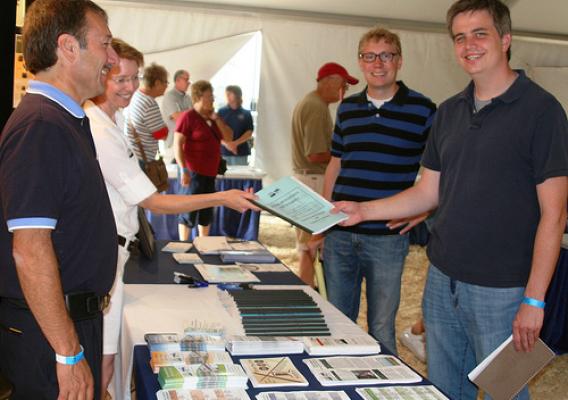Every summer Native American, Alaska Native, and Native Hawaiian college students from across the nation come to the U.S. Department of Agriculture’s Animal and Plant Health Inspection Service (APHIS) as participants in the program Washington Internships for Native Students (WINS); I am one of them. For some of us, interning at APHIS is the first time we have ever lived off our tribal lands. For others, coming to Washington, D.C. is but another experience living in a big city. All of us, however, are linked in some way to the tribal communities we represent: the Omaha, Chippewa, Mohawk, Lumbee, Quechan, Laguna and Isleta nations.
WINS interns contribute more than just our skills and time; we add our voices. We speak as individuals from communities that are often underrepresented in government settings. We come to APHIS from states such as California, Nebraska, Oklahoma, and New Mexico and carry with us the unique perspectives of peoples from distant lands. Our respective cultures and histories, stories and languages are irrevocably parts of who we are and contribute to the way we view the world. WINS interns help bridge the gap between Washington’s governmental agencies and the people for whom they work. In the “People’s Department,” this bridge is priceless.









